Donggeomdo (Trail, Campground, Art Cinematheque) (동검도(나들길,캠핑,예술극장))
.0M 2024-02-20
60 Donggeom-gil 63beon-gil, Gilsang-myeon, Ganghwa-gun, Incheon
Donggeomdo Island is a petite island connected to the main island of Ganghwado Island, celebrated for its stunning tidal flats and coastal vistas. A stroll along the trail on the eastern coast of the island offers visitors a chance to savor diverse natural landscapes, while the scattered campgrounds provide a romantic setting for leisure activities. Notably, the DRFA365 Art Cinematheque, featuring art films, adds to the island's charm and attractions.
Ganghwa Luge (Ganghwa Seaside Resort) (강화루지(강화씨사이드리조트))
3.4Km 2025-06-25
217 Jangheung-ro, Ganghwa-gun, Incheon
+82-32-930-9000
Ganghwa Seaside Resort delivers joy, happiness, and love with a gondola, food court, themed trails and the only luge track in the western part of the metropolitan area. It is a place where visitors can meet the mountains and the sea and feel the profoundness of nature without having to travel far way from the city. Visitors can take the gondola to reach the top, guided by the rich scent of the forest, and fully enjoy the atmosphere of Ganghwado Beach as well as the beautiful sunset from the observatory. The resort has a luge designed to descend dynamically through a 1.8-kilometer track, offering an excitement perfect for all members of the family.
Ganghwa Haesoo Land (강화해수랜드)
4.1Km 2024-02-20
13-12 Haeannam-ro, Gilsang-myeon, Ganghwa-gun, Incheon
Ganghwa Haesoo Land, established in 1992, is a comprehensive leisure facility that integrates a sauna with seawater baths. The sauna encompasses various facilities, including red clay sauna, salt sauna, charcoal sauna, and steam sauna. The seawater baths utilize mineral-rich seawater sourced from 560 meters underground. Complementing these features, the facility offers additional amenities such as a swimming pool, outdoor concert hall, and a café.
Ganghwa Chojijin Fortress (강화 초지진)
4.7Km 2021-02-10
58, Haeandong-ro, Ganghwa-gun, Incheon
+82-32-930-7072
Chojijin Fortress is believed to have been built in 1655 (6th year of King Hyojong) for the purpose of national defense against coastal attacks from foreign enemies based on articles regarding the construction of Chojijin Fortress. The fortress was the scene of many hard-fought battles including the invasions of America and Japan in the 1870s. The site was then taken by the foreign troops due to the inferior fighting power of the Korean military, and very nearly completely destroyed. In 1876 (13th year of King Gojong), the Japanese warship Unyangho invaded and forced the Joseon Kingdom to open their ports, which later led to the forced signing of the Jana-Korea Treaty of 1876. Only the base of the fortress and the site of the high ground remained until 1973, when restoration work was started. The patriotic spirit of the Joseon dynasty still remains in this historic site.
Wondumak Garden (원두막가든)
5.2Km 2024-02-27
60 Jeondeungsa-ro, Gilsang-myeon, Ganghwa-gun, Incheon
Wondumak Garden is a local cuisine restaurant in Ganghwa that has been delighting visitors since its establishment in 1990. Among its signature dishes are jeotguk galbi (salted shrimp and galbi soup) and sotbap (pot rice). Jeotguk galbi resembles a hot pot, incorporating pork galbi, pork bones, vegetables, and a salted shrimp-based broth. It is renowned for its non-spicy and clean-tasting broth, offering a distinctive and flavorful dining experience.
Dongmak Beach (강화 동막해변)
5.5Km 2024-11-08
1481 Haeannam-ro, Ganghwa-gun, Incheon
+82-32-937-4445
Dongmak Beach is a pristine attraction with white sands surrounded by a forest of pine trees. During high tide, visitors can enjoy sun bathing, while during low tide, a large mud flat opens up for visitors to observe various sea life such as clams, crabs and more. There are many attractions nearby to see and enjoy.
Ganghwa Jeondeungsa Temple (강화 전등사)
5.5Km 2025-06-18
37-41 Jeondeungsa-ro, Ganghwa-gun, Incheon
+82-32-937-0125
Jeondeungsa Temple is located in Samnangseong Fortress, which is said to have been built in 381 by the three sons of Dangun, the founder of Korea. The temple was originally called Jinjongsa Temple, but changed to the current Jeondeungsa Temple during the Goryeo period.
Jeondeungsa Temple contains significant architectural works. Decorated with delicate carvings, the temple buildings are superlative examples of the architecture of the mid-Joseon dynasty. Visitors can see names of soldiers written on the walls and columns of Daeungjeon Hall. These soldiers fought against the French Navy and wrote their names in Jeondeungsa to pray to Buddha for good luck in war.
There are ten other structures of historical significance at the temple including Yaksajeon Hall, Beomjong Bell, and Yangheonsu Victory Monument. The compound is also home to many ancient trees.
Daemyeonghang Fishery Market (대명항수산물직판장)
5.7Km 2024-02-26
109 Daemyeonghang 1-ro, Daegot-myeon, Gimpo-si, Gyeonggi-do
Daemyeonghang Fishery Market specializes in selling only natural, freshly caught seafood, brought directly by local fishermen. In spring, the market offers shaggy sea raven filled with roe and webfoot octopus. Summer brings a selection of sea bass and flatfish, while autumn features an abundance of blue crabs. Continuously attracting visitors seeking the freshest seafood, the market also includes a dedicated section for salted and dried seafood products.
Gimpo Hamsang Park (김포함상공원)
5.7Km 2023-08-08
110-36, Daemyeonghang 1-ro, Gimpo-si, Gyeonggi-do
+82-31-987-4097
Gimpo Hamsang Park is the first battleship themed park in the Seoul metropolitan area. With LST battleship on display, there are many things to see and experience at the park. Visitors can learn various information about the lives and duties of naval officers as well as enjoy a panoramic view of the West Sea.
Gimpo Daemyeong Port (김포 대명항)
5.7Km 2023-02-02
109, Daemyeonghang 1-ro, Daegot-myeon, Gimpo-si, Gyeonggi-do
The piercing smell of salt, the energy of freshly caught fish, fishing boats returning from far out at sea, and people walking in and out of the fish market and raw fish restaurants - these are the scenes of Daemyeong Port in Daegot-myeon, Gimpo where the fresh vigor of life is vividly alive. It is located just 30 minutes from Gimpo Airport by car so it is close to Seoul. Fishermen and owners of fishing boats personally run raw fish restaurants so the prices of raw fish are about 20% cheaper here than at other ports, according to the people of Daemyeong Port. Raw fish restaurants that you first encounter at the entrance of the port have tanks filled with freshly caught fish, and fishing nets spread out here and there vividly show the unique characteristics of a port. As it is the only port on the coast of Ganghwado Island, you are able to fully enjoy the beautiful seascape. The port is also receiving a great deal of attention both locally and nationwide thanks to the Daemyeong Type 2 Fishery Harbor project and the Pungeoje Festival. In 2001, Daemyeong Port was selected as one of the "7 Winter Seas recommended by the Korea Tourism Organization" for its beautiful seascape and flavors of a traditional port. Facing Ganghwado across Ganghwa Strait, Daemyeong Port is not as busy with tourists as Sorae Port or Yeonan Pier and boasts quiet and affectionate scenes of a fishing village. Nearby lies Deokpojin Fort, which is a historical site where our ancestors in the late Joseon Dynasty fought against foreign forces.
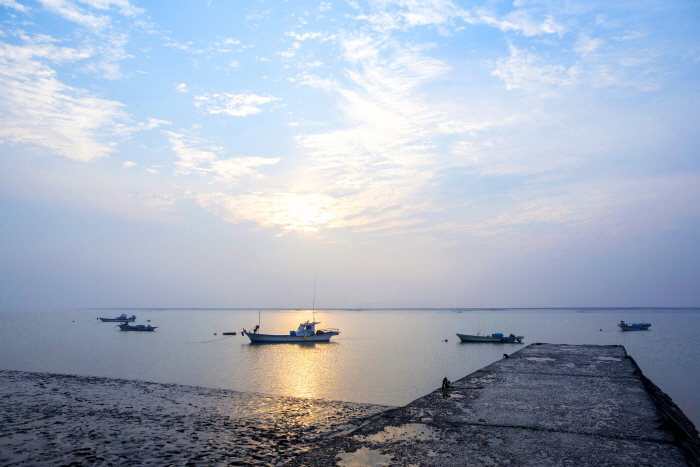
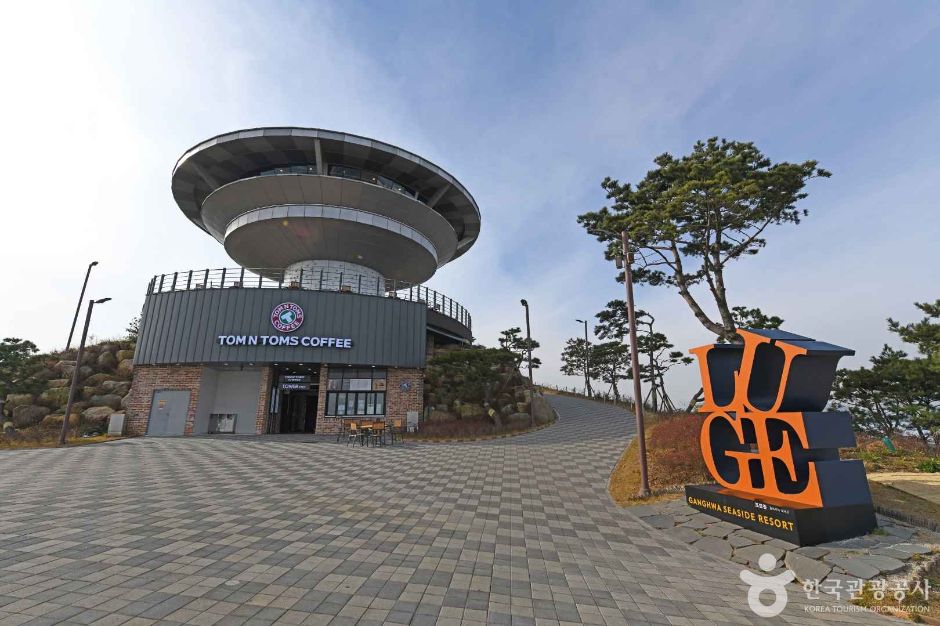
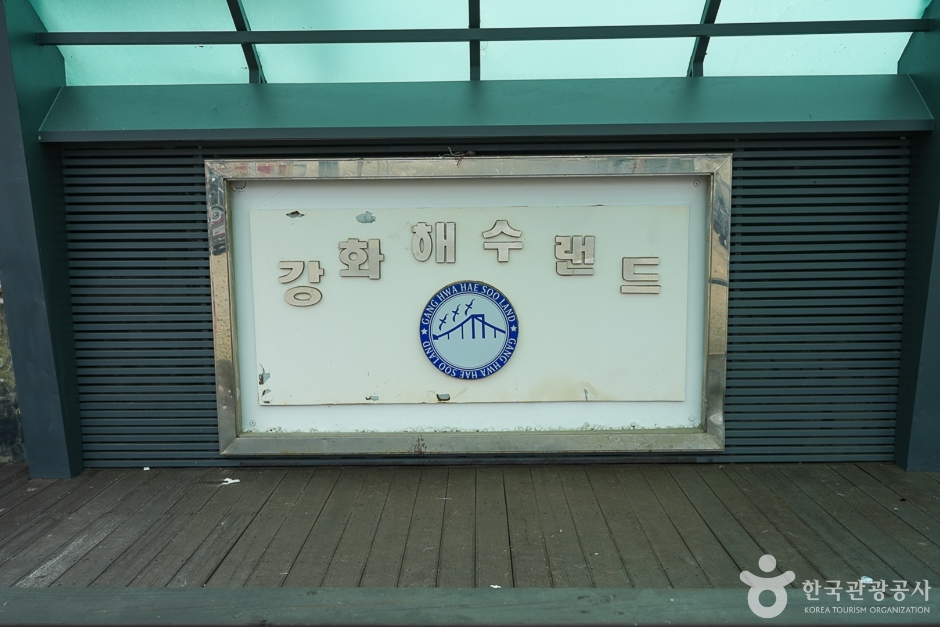
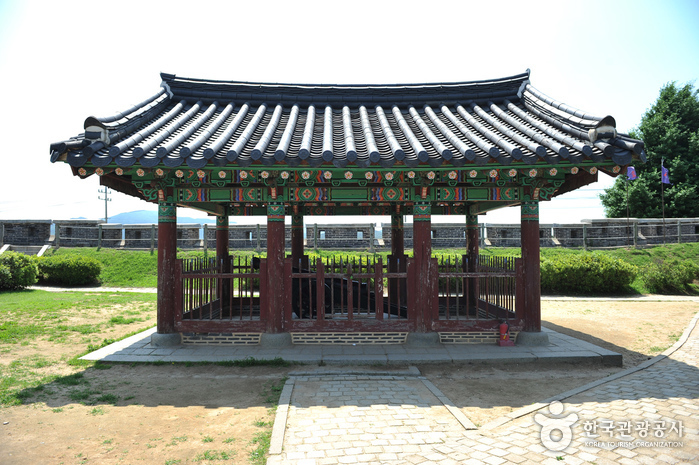

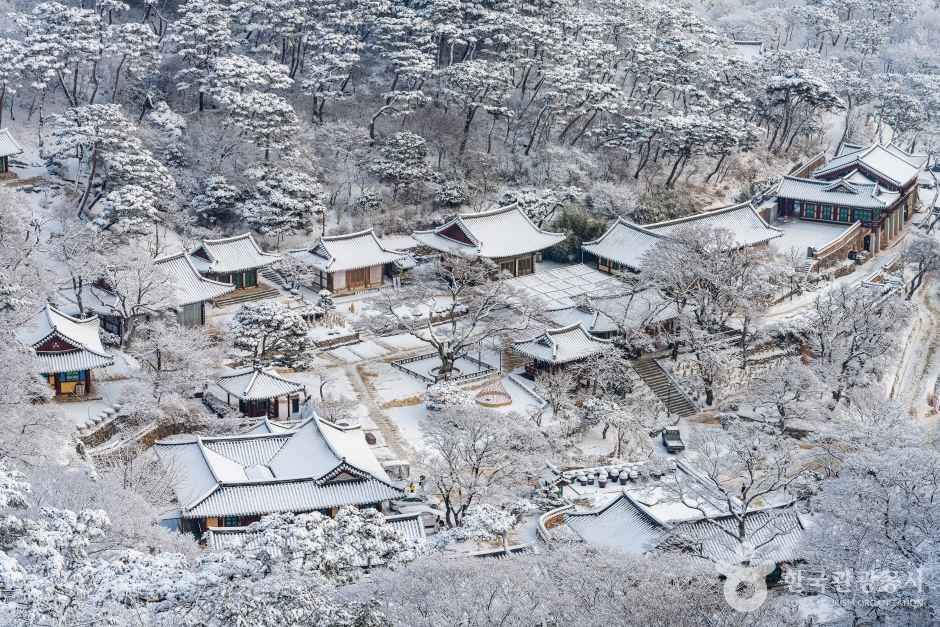
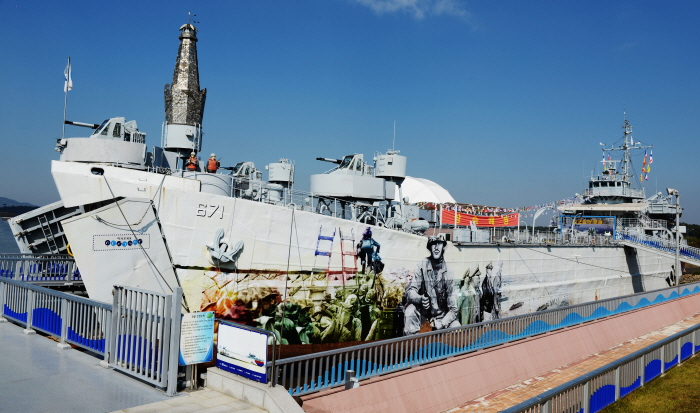
 English
English
 한국어
한국어 日本語
日本語 中文(简体)
中文(简体) Deutsch
Deutsch Français
Français Español
Español Русский
Русский